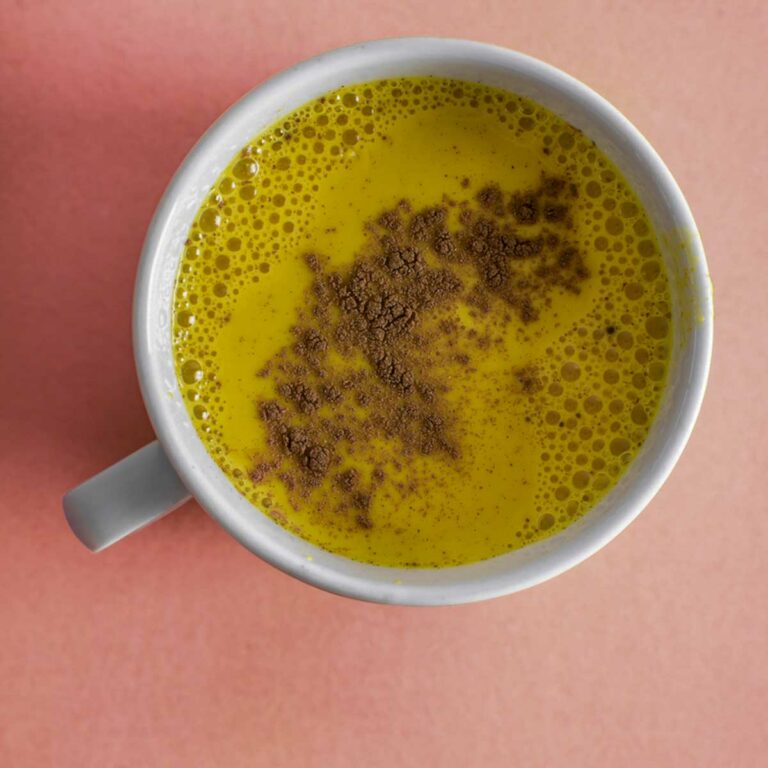From Chaos to Calm:
How Yoga Helps with Stress and How To Restore Inner Peace
Stress is a normal part of life, and we all experience it in different ways. Pressures take a toll on our mental and physical health. Some feel the strain in our bodies – aches and pains that seem to spring up from nowhere. For others, pain manifests in our minds, causing sleepless nights, or a fogginess and lack of focus in completing daily tasks. While there are many ways to manage stress, I believe strongly in the natural ways of living your yoga. The yoga lifestyle is an effective method that can help manage everyday stress, especially when you incorporate it into your daily routine. While yoga practice is great for the body, it’s about the mind and body, physical and mental health.
Understanding Everyday Stress Response
Before exploring how yoga helps with stress, it’s important to understand what causes it. Unexpected situations in life can produce the triggers that lead to stress. Stress occurs when we encounter novel experiences that challenge our identity or make us feel helpless in a given situation. Stress comes from a variety of sources. Personal life, lack of work or too much work, money, chronic illness or injury, caregiving to elderly family, too much exposure to technology, etc. This leads to a range of physical and emotional symptoms, including headaches, muscle tension, irritability, anxiety, depression, and lack of enjoyment in life. While it’s impossible to eliminate stress, it is possible to manage it healthy ways. This is where yoga comes in, and where yoga can help.
How Yoga Helps with Stress Relief
Yoga is a holistic practice that addresses the physical, emotional, mental, and spiritual parts of our being. Our bodies were made to move and breathe naturally. Yoga postures along with mindful breathing greatly reduce stress and promote relaxation. As the mind settles, we find peaceful balance within ourselves. Here are some ways to help bring peace to the layers of your being:
Physical – Embrace movement as the gift that it is. Find a form of yoga that resonates with you, filling you with peaceful joy.
Emotional – Check in with yourself regularly. Find healthy ways to process your emotional needs. Stay connected to your self-confidence and self-worth.
Mental – Become aware of what you think, say, and do. Recognize unhealthy thoughts and practice shifting them to healthy ones. Make daily gratitude a part of your life. Find ways to create a fulfilling life.
Spiritual – Connect with a Higher Source. Find ways to live your life with meaning and purpose. Surround yourself with things that elevate your vibration – move away from the lower vibrational emotions of stress, anxiousness, and disconnectedness, and towards the higher vibrational emotions of contentment, optimism, and happiness.
Movement and Yoga Postures
One of the best ways yoga helps manage stress is through movement. When breathing deeply in yoga postures, tensions in the body are released, and the mind relaxes into a calmer state. Postures such as Standing Forward Fold and Sitting Forward Fold help to regulate the nervous system away from stress and toward serenity. A more active practice, such as Sun Salutation, or the Warrior Series, helps release pent-up energy and frustrations, helping to reduce feelings of stressful anxiety. There is a sense of soothing accomplishment as the practice unfolds – breath work reduces anxiousness, vigorous movement reduces sadness, and the form of each posture transforms disconnection into connection.
Breath Work and Breathing Techniques
There are times in life when we are so overwhelmed that any movement seems impossible. When this happens, breathing exercises (pranayama) are a wonderful way to bring healing into your whole being. Mindful breathing brings calm to the mind-body, reducing stress, anxiety, and worry. As we breathe fully with deep inhalations and relaxing exhalations, the diaphragm relaxes and calm moves through the nervous system to the entire body. The face, jaw, and shoulders relax, and stress is released throughout the body naturally. These are my two favorite methods of breathing for effective stress reduction:
Deep Belly Breathing – As you inhale keep your mind focused on your diaphragm moving downward slowly and steadily, stay with this movement and bring your diaphragm as deep as it can go, feel the moment when it stops moving and at that moment there is a small pause, be with that stillness. Then, feel the sweet release of the diaphragm moving upward on the exhalation, pure relaxation of movement from stillness. Imagine that stillness penetrating throughout your body.
Often, our stress creates breathing patterns that shorten our inhalation and weaken our exhalation. Deep Abdominal Breathing helps to develop a strong natural breath by strengthening the diaphragm and abdominal muscles which are accessory breathing muscles.
Alternate Nostril Breathing – Sit comfortably with an upright spine, with your left arm relaxed toward your leg. Lift right hand up toward nose. Exhale completely and then use right thumb to close right nostril. Inhale through left nostril and then close left nostril with your fingers. Open right nostril and exhale through this side. Inhale through right nostril and then close this nostril. Open left nostril and exhale through left side. This is one cycle. Continue for up to 10 minutes. You will gain the best results by practicing each day, even if just for one cycle.
Alternate Nostril Breathing is my favorite pranayama practice. Along with lowering stressors in our life, it promotes overall well-being through improving cardiovascular function, brings balance and harmony to our nervous system, and improves lung endurance. As always, to see these results, you need to practice regularly.
Mindfulness with Stress Management
The biggest benefit of yoga is that it promotes mindfulness. Mindfulness is simply being present in the moments of life with awareness of our thoughts and feelings. Sounds easy, but in reality, we all struggle to stay present. This is why yoga is a lifestyle and not just postures that are practiced a few times a week. Through mindfulness meditation and other techniques, we learn to observe our thoughts without judgment, reducing the high and low feelings that bring on stress and anxiety. Mindfulness teaches us to be more fully present, even in stressful moments of our lives.
Getting Started with a Yoga Routine
For some, taking that first step can be overwhelming. Here are some tips to help you get started on your journey to managing everyday stress through yoga:
Find The Right Teacher – The search for a yoga teacher that resonates with you might take time, but it will be well worth it in the long run! This is less about the style of yoga and more about finding a teacher that emphasizes connecting breath with movements. Simply naming poses in rapid succession without meaningful breath direction, and not allowing the practitioner to feel the action within each pose can create stress. Explore your local area until you find the teacher that is right for you.
Begin With The End in Mind – The number one reason that people practice yoga is stress reduction – whether they realize this or not. If you are searching for stress reduction, it’s important to begin with gentle poses that won’t intensify your stress. Find a good restorative yoga teacher in your area.
What You Can Do Now – Practice mindfulness. The real power of yoga is learning to live in the present moment. For many, stress is an outcome of living in the past or the future, with unrealistic expectations of the present. We tend to over-promise and schedule too many activities and tasks in a given period. Be truthful with yourself and tell the truth to those who are asking more of you than you can handle. Effectively negotiate your time and be sure to schedule your “wellness check-ins” into each day. Living in the present moment is very effective in developing a mindful way of living, reducing stress, promoting relaxation, and becoming the happiest person you know.
Looking to know the difference between restorative yoga and yin yoga? Read our article here!
How Yoga Can Help Reduce Stress in Body and Mind
Yoga has been proven to be an effective method for managing everyday stress. By incorporating movement, breath-work, and mindfulness into your daily routine, you can reduce stress and promote relaxation. There are many ways to incorporate this ancient practice into your life to find peace amidst the chaos of everyday stress. If you haven’t tried it yet, seek a qualified and trained yoga teacher from an accredited yoga school. Ask questions about how they teach. Find a teacher that emphasizes breath in concert with movement. Avoid classes where the teacher simply names poses in rapid succession – this diminishes the value of the contribution that yoga can provide to a stress-free life. There are many great yoga teachers – find the one that best suits you!
In today’s fast-paced world, stress has become an inevitable part of our lives. From work pressures to personal responsibilities, it’s easy to feel overwhelmed and anxious. However, there are numerous techniques that can help manage and reduce stress levels, one of them being yoga.
XOMarianne
Frequently Asked Questions (F.A.Q.) about How Yoga Helps with Stress
Yoga combines physical exercise, breath control, and meditation which helps in reducing stress. It promotes relaxation by activating the parasympathetic nervous system, reducing levels of the stress hormone cortisol, and increasing the production of endorphins, the body’s natural painkillers and stress relievers.
The frequency of your yoga practice can depend on your personal schedule and needs, but generally, practicing yoga for at least 20-30 minutes, 3-5 times a week can be very beneficial in managing stress. However, even just a few minutes of deep breathing or gentle stretching can help to reduce stress if you are short on time.
Yes, there are several yoga poses that are particularly helpful for stress. Some examples include child’s pose (balasana), cat-cow stretch (marjaryasana-bitilasana), legs up the wall pose (viparita karani), and corpse pose (savasana). These poses help to relax the body, quiet the mind, and release tension.
In addition to practicing yoga regularly, it can also be helpful to incorporate other stress-reducing techniques into your routine, such as deep breathing, progressive muscle relaxation, or mindfulness meditation. Additionally, maintaining a healthy lifestyle, including a balanced diet, regular exercise, and adequate sleep, can also be important in managing stress.








